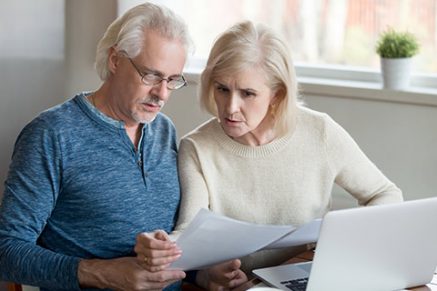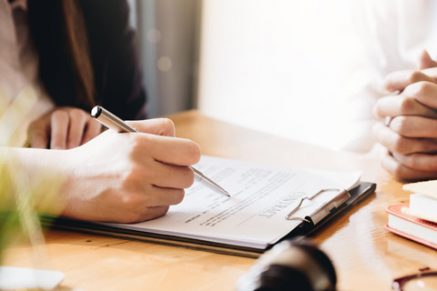
6 good reasons to file a consumer proposal
Summary
6 good reasons to file a consumer proposal
- Bankruptcy is a last resort for getting out of debt. Maybe you’re part of the more than 50% of our clients who can avoid this option by filing a consumer proposal. This essentially means negotiating with your creditors to reduce the amount you owe and/or spread out your payments over a longer term.
- As soon as you submit a consumer proposal, your harassing creditors will lose the right to contact you. Right at the start, you’ll experience relief from your debts.
- A consumer proposal has other advantages, too, like choosing to pay your debts off faster or slower. With a few exceptions, you can rest assured your property won’t be seized.
What exactly is a consumer proposal?
A consumer proposal is a settlement offer to your creditors to repay part of your debts and/or repay the debts over a longer period of time, for a maximum period of 5 years. That’s why it’s sometimes called a “proposal to creditors,” even though that’s not the official name.
As soon as you submit a consumer proposal, you stop paying interest on your debts. This is a huge advantage. And here are a few more.
A consumer proposal puts an end to the harassment
You’ll submit your consumer proposal with the guidance of your counsellor and Licensed Insolvency Trustee. As soon as your counsellor has officially filed the proposal, they become the go-between for you and your creditors. This means your creditors are no longer allowed to contact you. It’s a huge weight off your shoulders.
A consumer proposal lets you avoid bankruptcy
It’s true that filing a consumer proposal is similar to the bankruptcy process. But they’re very different solutions. Keep reading to find out the differences.
A consumer proposal lets you make a single monthly payment to your creditors (interest free), based on your ability to pay
If your consumer proposal is accepted, your debts will be reduced and/or you’ll have more time to pay them off. You’ll also need to make just one monthly payment. Every month, you’ll pay a predetermined amount (that’s always the same) to your Licensed Insolvency Trustee, who then distributes the money to your creditors.
With bankruptcy, it’s a little different. The monthly amount you pay during the period of your bankruptcy changes based on your income.
A consumer proposal lets you keep all your assets
You don’t need to worry about losing your furniture, house, car, RRSPs, pension fund or any of your other assets. When you file a consumer proposal, all of your property is protected, with certain exceptions. This isn’t necessarily true of bankruptcy, where you may need to give up certain assets to discharge your debts.
With a consumer proposal, your creditors can’t garnish your bank account or wages, take legal action against you or have your utilities cut off (like your phone or hydro).
A consumer proposal releases you from your debts
Once you’ve made all the payments specified in your consumer proposal, you’ll receive a certificate releasing you from debt. Time for a fresh start!
On the other hand, keep in mind that a consumer proposal doesn’t free you from unpaid fines and tickets or any alimony payments you owe. And if you still need to pay alimony every month, that won’t change.
A consumer proposal lets you regain control of your finances
Debt is hard on your self-esteem, finances, relationship and future… A consumer proposal solves the problem. It’s more than a weight off your shoulders. It’s a whole new start. During the consumer proposal process, you’ll even have the opportunity to meet with a counsellor in financial recovery, twice. They’ll share tips, strategies and information to help you develop the best possible financial habits going forward.


